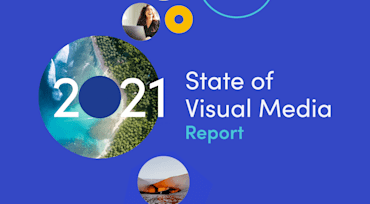We recently released our 2021 State of Visual Media report, which offers a view into how visual media content is produced, managed, viewed, and consumed. For this third annual report, we analyzed a massive amount of visual-related data, looking at billions of image and video assets across 670 enterprise customers and 10 vertical industries, to reveal key trends in visual engagement, particularly those accelerated by the pandemic. We also take a look at what’s needed to raise the bar on these visual-first experiences as we continue on in a world in which fast, flawless visual content will remain critically important to the user experience.
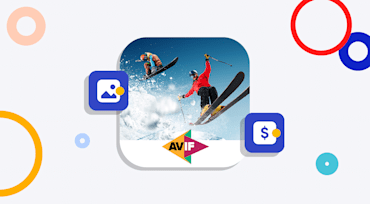
AVIF is a 2019 spinoff from the AV1 video format developed by the Alliance for Open Media (AOM), whose members include Amazon, Apple, ARM, Facebook, Google, Huawei, Mozilla, Microsoft, Netflix, and Intel. As an open-source and royalty-free video codec, AVIF delivers much higher compression rates than the older image codecs like JPEG and WebP, and is on par with the brand-new JPEG-XL format, which does not work on any browser yet.
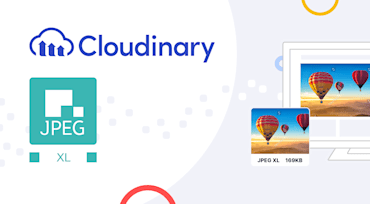
Since its founding, Cloudinary's mission has been to help companies unleash the full potential of their media to create the most engaging visual experiences. In keeping with that quest, we support new codecs for images and videos as soon as possible.
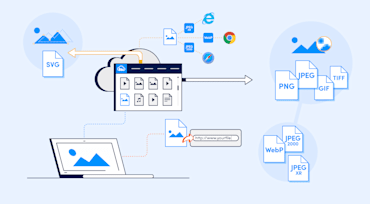
Image formats, which are standards for digital images, can be uncompressed, compressed, raster based, or vector based. You determine the DNA of your images with the formats you adopt, each of which offering different capabilities. For example, rasters generate images with pixels; vectors, with vectors or proportional formulas. PNGs can display logos without background; JPEGs always come with backgrounds. This article explains the main properties of the various image formats, including their basic concepts and pros and cons.
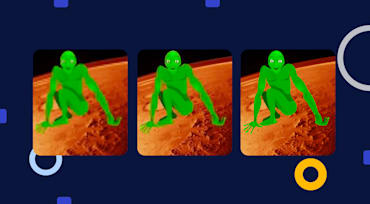
JPEG images are either progressive or nonprogressive, depending on their encoding order, not politics.
Encoding of and decoding of nonprogressive occurs in this simple order: from top to bottom and from left to right. Consequently, when a nonprogressive JPEG is loading on a slow connection, you see the image’s top part first, followed by the other parts as loading progresses.

Welcome to the latest edition of the Responsive Images Guide!
In part 1, I laid out the big idea: a responsive image is a variable image – which adjusts itself to fit variable contexts.
In part 2, we looked at the most common way that an image can do exactly that: scaling itself up and down to fit viewports of different sizes and screens with different densities.

Images make up a majority of web content.But a lot of websites and applications that we browse aren’t always delivering the most optimal image format, size, quality and dimension.. . .
As a developer, it seems inefficient to serve a 2000kb JPEG image when we could compress images to optimize the performance without degrading the visual quality.


In part one (One pixel is worth three thousand words) of this turned-to-be-two-part blog post, I discussed one-pixel images and how well different image formats “compress” these images. I was surprised how much there is to be said about the matter. This was supposed to be a short blog post, describing one-pixel images and how they compress, and instead it became a glorious monster (and also a two part blog post…).
A couple of months ago while taking a break from implementing cool new features like q_auto and g_auto, I was joking in our team chat about how well various image formats “compress” one-pixel images. In response, Orly — who runs the blog — asked me if I’d write a post about single-pixel images. I said: "Sure, why not. But it will be a very short blog post. After all, there’s not much you can say about a single pixel."
